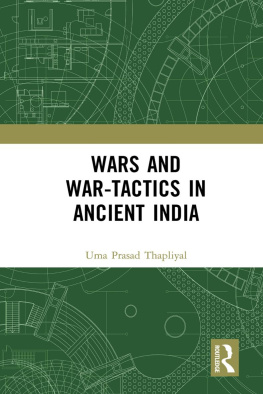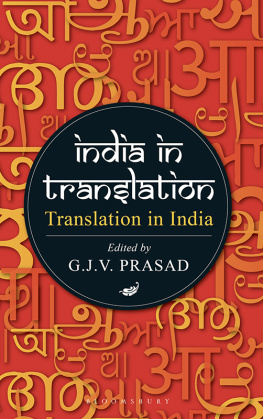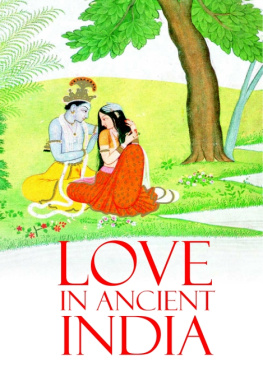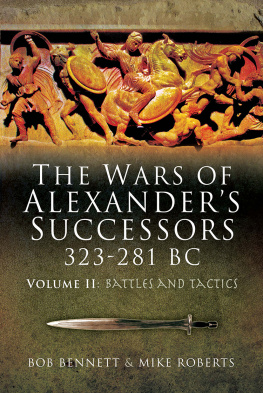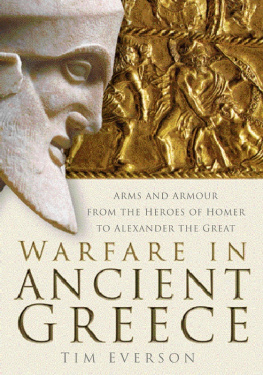War is rooted in human nature. Man has been fighting either for self-preservation or self-aggrandizement ever since his existence. To bolster his fighting capability he has been manufacturing various kinds of weapons right from palaeolithic times. For safety, he first sought shelter in the caves and then built forts to ward off danger.
Subsequently, the tribal societies started living in groups to fight back the enemies and these groups later evolved into armies. The bravest among the group was made the commander or the leader and this might have been the case with all early societies. In India, the authors of the Indus valley civilization lived in forts, manufactured weapons and maintained armies.
The Vedic ryans who followed them were better organized militarily. They considered war as a ladder of progress and prayed for sons who could destroy enemies. The gveda is dedicated to Indra, the God of War, and one-fourth of the hymns eulogize his heroic deeds. A hymn in the Atharvaveda reads: Oh braves! Rise with your standard and be prepared, for your enemies are like killer serpents. They are devils. Subjugate them.... Oh braves! Destroy your enemies and kill their Commander with your army.
This Vedic concept of war is also reflected in the epics which are basically heroic tales. In the Mahbhrata, Ka exhorted Arjuna to join the war as there is no better duty for a Katriya than to fight a righteous war and that only fortunate ones find an opportunity to fight such a war.
Beginning with the Harappan age, Indian history is crowded with wars. As the armies and weapons evolved, various tactics related to their use also came to be perfected. The science which dealt with the related knowledge was termed dhanurveda. This research effort has been prefaced by a general description of Wars in Ancient India to serve as a backdrop of the study.
It may be added here that there is a lot of confusion in dating the source material used in writing this book. We, however, subscribe to the view that the Harappan civilization flourished between 3000 and 1500 BC, the gveda was finalized around the tenth century BC, the epics between the fourth century BC and fourth century AD and the Arthastra and the smtis around the beginning of the Christian era. Most of the Puras were compiled between forth and eighth century AD while a few were written after ad 1000.
The objective of writing this book is to familiarise the reader with the history of warfare in ancient India and the then prevailing combat systems.
I avail of this opportunity to express my gratitude to my teachersDr. Romila Thapar of Jawaharlal Nehru University; Dr. Devahuti of University of Delhi; and Prof. J.S. Negi of Allahabad University who taught me the lessons of history. I also bow my head to the sacred memory of my parents Pt. Suresha Nand Thapliyal and Smt. Sarasvati Devi who taught me the value of education. I also express my gratitude to my late brothers Dwarika Prasad, Sharda Prasad and Bhagwati Prasad who gave me the vision to see the world of letters. My debt to all of them is incalculable. My wife Sarojini also extended a helping hand.
I would also like to thank my friends Sarva Shri G.B. Singh, D.D. Nautiyal, H.N. Nautiyal, Bijai Singh Rawat, Umesh Chand Nailwal, Dr. Reva Dhanedhar and Dr. A.K. Mishra for helping me in the development of this book.
Finally, I would like to record my thanks to Manohar Publishers & Distributors, who evinced keen interest in publishing this book.

